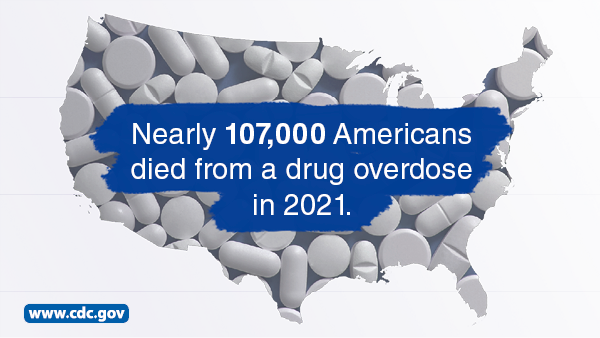About Us
Since 2000, injuries have been the leading cause of death in Texas for ages 1-44. Approximately 60 Texans die from injuries and violence each day. Leading injury causes are drug poisonings, firearm injuries, motor vehicle crashes, and falls. Injuries can cause long-term physical and mental health problems. The Injury Prevention Unit works to understand how injuries impact Texans. The injury and violence data we provide may help you reduce injuries in your communities.
The Injury Prevention Unit houses the Emergency Medical Services and Trauma Registries (EMSTR), the Child Fatality Review Team (CFRT) program, the Safe Riders Passenger Safety Program, the Centers for Disease Control and Prevention (CDC) Texas Violent Death Reporting System (TVDRS), and our newest program, the CDC Texas Overdose Data to Action (TODA).
Our vision is to use data and public health best practices to inform injury prevention activities and programs.
Check out the Injury Prevention Calendar to learn more about injury prevention-related news, events, and observances.
Injury Prevention Unit Programs

EMS and Trauma Registries
Every year, the EMS and Trauma Registries (EMSTR) program collects over 4 million records from EMS agencies, trauma facilities, justices of the peace, medical examiners, and rehabilitation facilities on spinal cord injuries, traumatic brain injuries, and other traumatic injuries specified in Texas Administrative Code, Title 25, Chapter 103.

Safe Riders Child Passenger Safety Program
The Safe Riders Child Passenger Safety program partners with community distribution programs to provide education and child safety seats. We provide National Child Passenger Safety Certification courses with the ultimate goal of safe car rides for all Texas children.

Texas Child Fatality Review
The Child Fatality Review Team (CFRT) program tries to decrease preventable child fatalities by supporting child fatality investigations; promoting coordination with agencies involved in child fatality responses; understanding child fatality causes and incidences; recommending changes that will reduce preventable child fatalities; and suggesting changes to law, policy, or practice that will impact child safety.

Texas Violent Death Reporting System
The Texas Violent Death Reporting System (TVDRS) program collects data from medical examiners, justices of the peace, and law enforcement reports into one database. We link the “who”, “when”, “where”, and “how” to provide insights about “why” violent deaths occurred. TVDRS will capture statewide data by 2027.
Texas Overdose Data to Action
The Texas Overdose Data to Action (TODA) program focuses on the changing nature of the drug poisoning epidemic. We want to highlight the need for a comprehensive approach to reduce drug poisonings, deaths, and related harms.
Open Records Requests
Texas Government Code Chapter 552 relates to public information requests and disclosures. If you want to submit an Open Records Request, please send your request to one of the following designated Public Information Act portals:
- OpenRecords@dshs.texas.gov
- Fax: 512-776-7720
- Mail:
- DSHS Public Information Coordinator
- MC-1919
- 1100 West 49th Street
- Austin, TX 78756-3101
The Texas Department of State Health Services does not endorse external links to other websites or documents created by other agencies. These links and documents are informational and may not be accessible to persons with disabilities.

